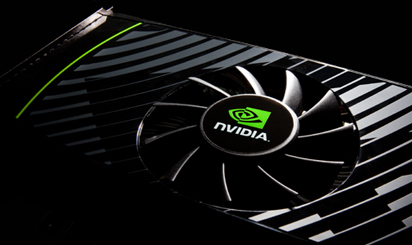
We tried what we haven't yet: GTX 680 SLI, GTX 670
Summer has arrived, the heatwave is raging, people - if they can - are fleeing to the waterfront. However, the heat not only affects the human body, the life of the hardware is also made more difficult by the heat, which, in addition to the heat they produce themselves, also has to deal with high room temperatures from the ground up. This is especially true for high-end cards like the GTX 680 and GTX 670. Let’s see how they coped with the task and what performance they give us for the cooling games of the summer evening!

Technológia
Within the ranks of the HOC, mid- and high-end graphics cards are generally very popular. Unfortunately, the latter usually catch on the thinning wallets of Hungarian customers, but with some weirdness we can also find a a model with a relatively good price / value ratio. These are usually born by having engineers break down a sail or two from the current flagship (aka a step back from the top of the stairs). This is exactly what the GeForce GTX 670 is all about.
a model with a relatively good price / value ratio. These are usually born by having engineers break down a sail or two from the current flagship (aka a step back from the top of the stairs). This is exactly what the GeForce GTX 670 is all about.
The GeForce GTX 680 video card is based on the previously mentioned GK104 graphics processor. The chip, made with TSMC’s 28nm manufacturing technology, is 294 square millimeters in size and is made up of 3,54 billion transistors. The most striking parameter of the GPU is the 1536 CUDA core, which is three times more than the GeForce GTX 580. The chip itself has 4 GPCs (Graphics Processing Cluster) where two SMXs (Shader Multiprocessors) are housed. An SMX broadly hides 192 CUDA cores and 16 texturizers - accompanied, of course, by instruction storage and a first-level cache. We started the presentation with my big brother, because this way it is already perfectly visible that due to the construction of the tile, it is easy to create a “new” variant by disabling the components. This is essentially not a new solution (harvesting), of course it doesn't matter at what points the engineers reach for the given graphics processor. We will not further draw the nerves of our readers, but turn to the protagonist of this article.

The GeForce GTX 670 also uses the GK104 graphics processor, but the number of CUDA cores in this chip has been reduced to 1344, meaning one SMX has been disabled. Due to the latter, the controller can operate with 128 texturing units instead of 112, and the GPU clock has dropped to 915 MHz, but the effective operating frequency of the memories is 6,0 GHz, which is definitely encouraging. Why is this extremely high memory clock inspiring us? The answer is very simple. In our opinion, the performance of the big brother during games is relatively densely limited by the memory bandwidth. Obviously, it is no coincidence that the Greens also squeezed the last MHz cet out of the GDDR5 onboard memories. It is also worth considering that AMD is trying a 384-bit bus in this category…
Another question arises: now why is it good for us to run out of memory on the GeForce GTX 680? This is practically only insofar as the dumb variant does not really feel the lost horsepower, as the backend capacity (ROP, memory bus) is unchanged. Just looking at the numbers, you shouldn’t be surprised if the GeForce GTX 670 lags behind the GTX 20 by 680%, but instead we expect the difference to be below 10%. This is practically not a big cut in this category, but with some overdrive, it can also be easily imported. For supported technologies and APIs, we are greeted with a gratifying image: GPU Boost, NVENC, NVIDIA 3D Vision Surround, CUDA C, CUDA C ++, CUDA Fortran, OpenCL, DirectCompute and Microsoft C ++ AMP.
In conclusion, one more remark. The Greens say the card's power consumption has dropped to 170 watts. In terms of brutal performance, we believe that energy efficiency has continued to increase. It’s good to see that these high-end controllers have lower power requirements than previous generations, and still deliver great speed.













